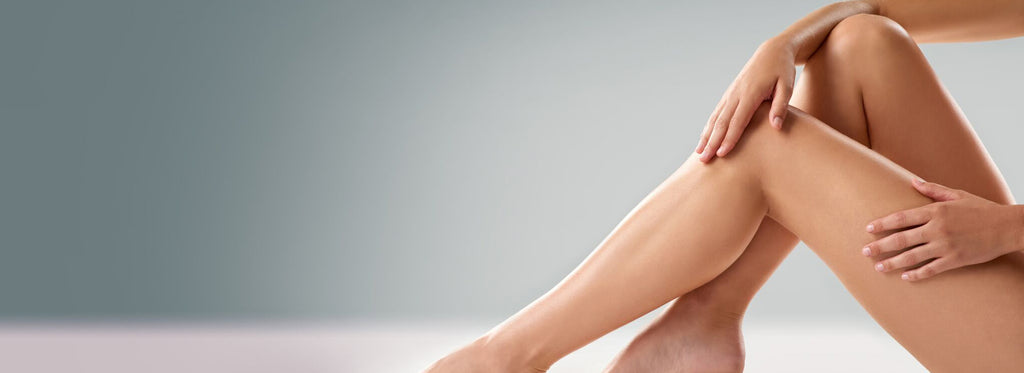How do you perform laser hair removal on your legs?

This write-up is about how to perform laser hair removal on your legs. Women spend thousands of dollars buying razors, creams and waxes to contend with relentless hair growth. But, if you want silky, smooth, lasting results, this hair removal technique may be for you.
Laser hair removal is a popular cosmetic procedure that removes unwanted hair on the face, arms, legs, bikini area and underarms. Using intense pulsed light (IPL), heat and destroy hair follicles beneath the user's skin. The treatment damages the follicle enough to slow or eliminate hair growth. It is a remarkably effective treatment for clinically excessive hair growth (hirsutism).
A laser hair removal kit is a cost-saving and effective personal grooming solution that you can use without ever having to leave the comfort of your home. It's an investment that could change your skincare regimen forever.
How does laser hair removal work?
The technique uses a powerful laser device to target melanin, the skin pigment deep within the hair follicle. The heat destroys all or most of the hair follicles, which causes hair growth to slow or stop altogether. Multiple IPL laser treatments will be needed to achieve the desired results.

Is laser hair removal for everyone?
Laser hair removal is most effective on those with fair skin and thicker, darker hair. However, results have shown that individuals with darker skin do not absorb enough IPL light because their skin and hair are the same colour. Likewise, the laser will be much less effective on fair hair.
How long should you wait between treatments?
When using the Bareskin device, we advise that treatments be done every 3rd day for at least two to three months. After that, hair growth cycles increase slowly over time, lowering the number and frequency of treatments required. It is recommended you shave between treatment sessions.

What should you do to prepare for laser treatment on your legs?
It is best to shave the area a day before your treatment to prevent burns or irritation. In addition, the skin should be clean and dry to achieve optimal results.
What special care should be taken between treatments?
We advise that you avoid the sun. By avoiding the sun, you will reduce the risk of skin burn and hyperpigmentation. Dr. Irene Mazzuca MD says waxing removes the hair and follicle. Therefore, hair should not be waxed before laser treatments to ensure good hair below the skin for the laser to target.

How to perform laser hair removal on your legs?
- Step 1: Prepare the area to be treated(in this case, the legs) - Cleanse, shave and towel-dry the skin.
- Step 2: Select a treatment setting - There are up to 5 energy levels to choose. We recommend starting on a low setting and adjusting according to your comfort.
- Step 3: Test a small area - Place the tip over the hair follicle and lift after each pulse, moving in an overlapping pattern.
- Step 4: Adjust energy level and begin - Select the most comfortable setting and continue treating the remaining area. The sensation may feel like an elastic band snapping on your skin. Depending on the treatment size, one session may last between 15 minutes and 30 minutes.

Aftercare
Please take note of the following aftercare instructions below:
Following laser hair removal, the treated area may become red and raised for up to 24 hours. Use a cold compress on the affected area to relieve any soreness or swelling. Skin sensitivity is a common after-effect of laser hair removal. Be sure to limit sun exposure and use sunscreen between treatments.
Avoid hot baths, showers, saunas, and hot tubs for at least 48 hours after the procedure. Refrain from scrubbing or exfoliating the treated area for a few days after the procedure. Keep the treated area well-hydrated by applying a gentle, fragrance-free moisturiser. Wear loose, comfortable clothing to prevent friction and irritation in the treated area.
Refrain from applying makeup, perfumes, or other potentially irritating products to the treated area. Contact your doctor if you experience severe or persistent side effects, such as blistering, excessive swelling, or signs of infection.
Possible adverse effects may include:
- Burns, blisters or a crust may form on the top layer of the skin
- Extended lightening or darkening of the skin
- Permanent scarring
- Swelling or bruising that lasts several days
- Livedo reticularis (mottled skin)
Please seek medical attention immediately if you experience any complications resulting from the treatment.
Medically reviewed by: Dr. Robert Walters MD (Dermatologist)